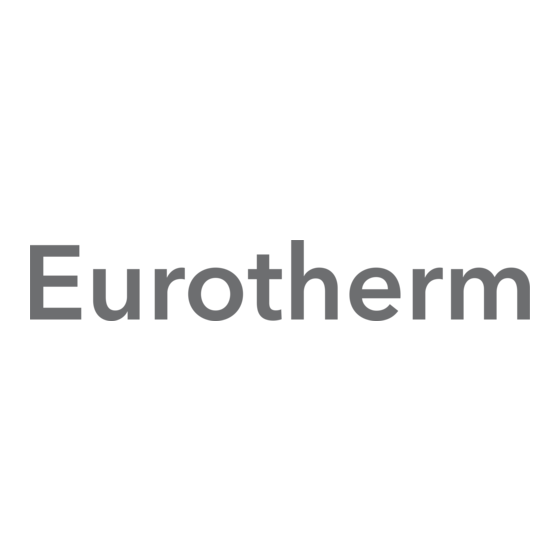
Table of Contents
Advertisement
Quick Links
902-904 Handbook
Guide to this Handbook
Section 1
Section 2
Section 3
Section 4
Section 5
Section 6
Section 7
Appendix
Every effort has been taken to ensure the accuracy of this handbook. However in order to
maintain our technological lead we are continuously improving our products which could, without
notice, result in amendments or omissions to this document. We cannot accept responsibility for
damage, injury loss or expenses resulting therefrom.
Contents
INSTALLATION
OPERATION
COMMISSION
CONFIGURE
CALIBRATION
COMMUNICATIONS
ERROR MESSAGES
Glossary of Terms
H A 0 2 3 7 5 2 I s s 9
Advertisement
Chapters
Table of Contents

















Need help?
Do you have a question about the 902 Series and is the answer not in the manual?
Questions and answers